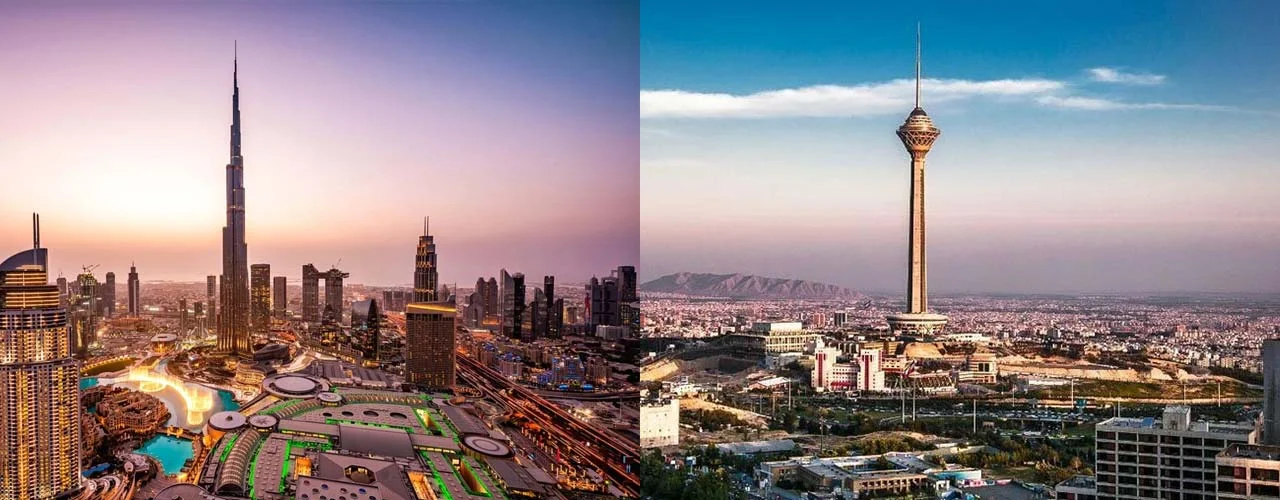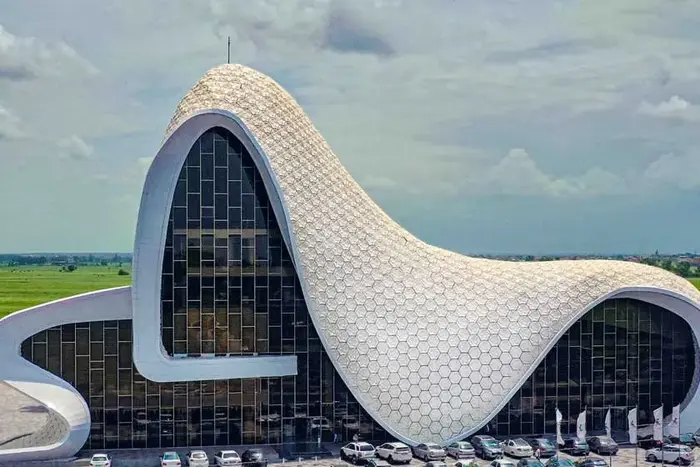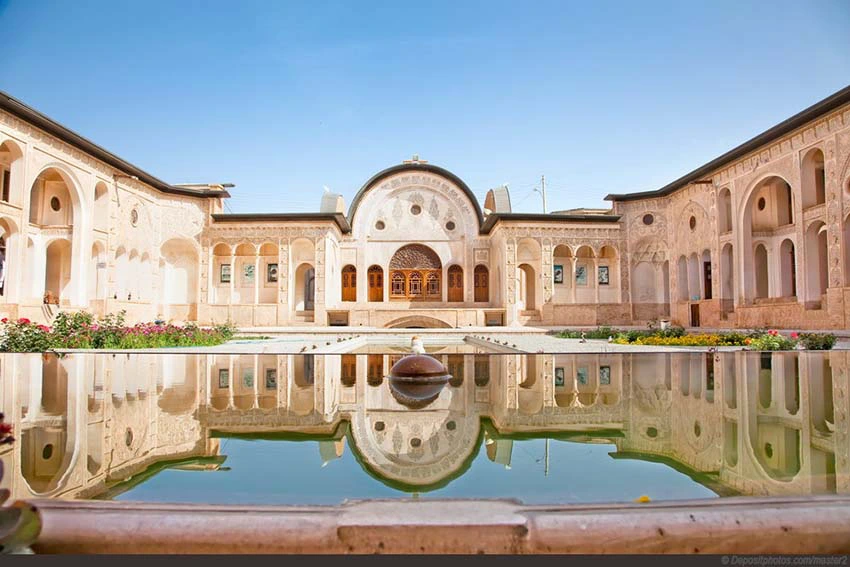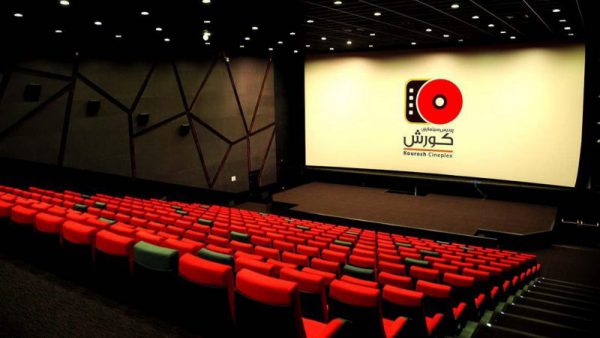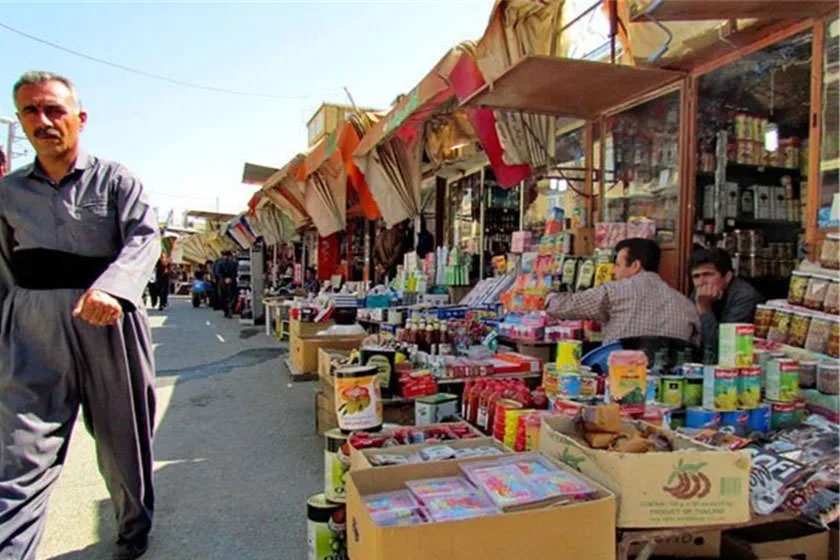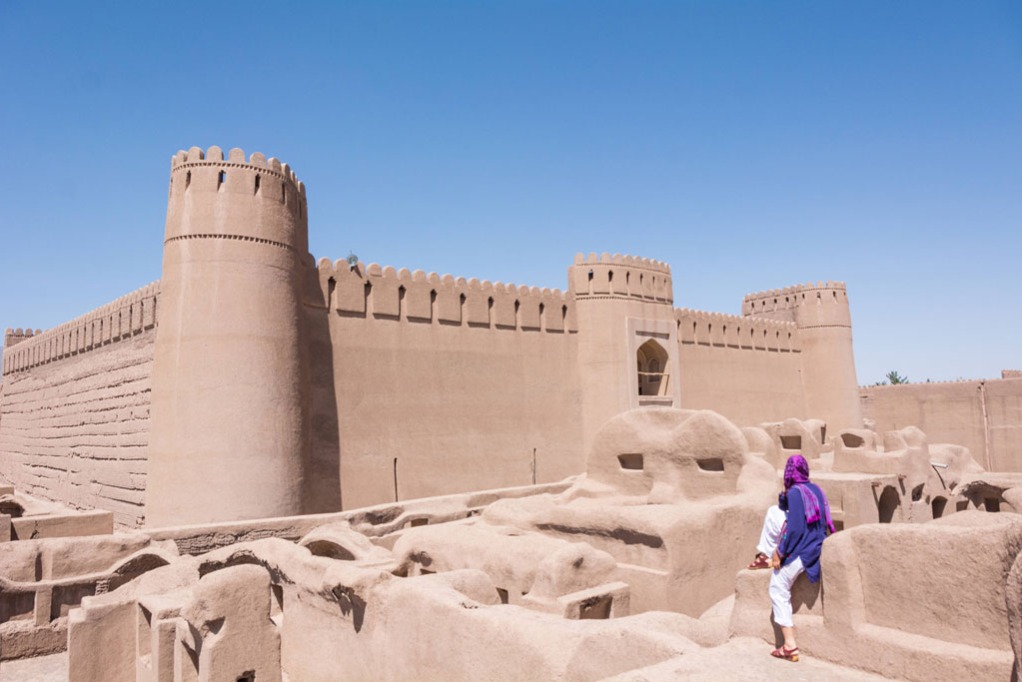Quality of Life in Iran vs. Dubai: Measuring Well-being Indicators
Assessing quality of life (QoL) across different countries can be challenging due to the diverse nature of the factors involved and the varying methodologies used to measure them. This paper examines QoL in Iran and Dubai, focusing on key indicators such as economic conditions, social factors, health status, and environmental quality. The analysis reveals contrasting trends and highlights the challenges faced by both countries in enhancing the well-being of their citizens.
Introduction:
Quality of life (QoL) is a complex concept that encompasses various aspects of human well-being, including economic conditions, social factors, health status, and environmental quality. Comparing QoL across different countries can be challenging due to the diverse nature of these factors and the varying methodologies used to measure them. Nevertheless, examining key indicators can provide insights into the relative well-being of populations.
Economic Conditions:
Iran and Dubai have experienced contrasting economic trajectories over the past decade. Iran’s economy has been hampered by international sanctions, leading to lower GDP growth, higher unemployment, and inflation. In contrast, Dubai’s economy has flourished, driven by tourism, trade, and real estate development. This economic disparity is reflected in income levels, with Dubai’s per capita income significantly surpassing Iran’s.
Social Factors:
Social factors play a crucial role in shaping QoL. Iran and Dubai exhibit differences in terms of social freedoms, gender equality, and cultural diversity. Iran’s social landscape is influenced by Islamic principles, while Dubai embraces a more cosmopolitan and open society. These differences have implications for individual liberties, access to opportunities, and overall social cohesion.
Health Status:
Access to quality healthcare is essential for QoL. Both Iran and Dubai have made strides in healthcare provision, but disparities remain. Iran’s healthcare system faces challenges due to limited resources and sanctions-related restrictions on imports of medical equipment and pharmaceuticals. Dubai’s healthcare system is more advanced and boasts private healthcare options, but access to quality care can be expensive for some residents.
Environmental Quality:
Environmental quality significantly impacts QoL. Air pollution is a major concern in both Iran and Dubai, primarily due to rapid urbanization and industrial activities. Iran’s air quality is often compromised by sandstorms and dust emissions, while Dubai’s pollution stems from vehicular traffic and construction projects. Both countries face challenges in addressing environmental issues and ensuring clean air for their citizens.
Additional Points:
Education: Literacy rates and access to quality education are important QoL indicators. Iran boasts a high literacy rate, but challenges remain in providing equal educational opportunities for all citizens. Dubai’s education system is more diverse, but access to quality education can be expensive.
Safety and Security: Crime rates and personal safety are crucial QoL factors. Both Iran and Dubai are generally considered safe countries, with low crime rates. However, petty crimes and traffic accidents can pose risks in both countries.
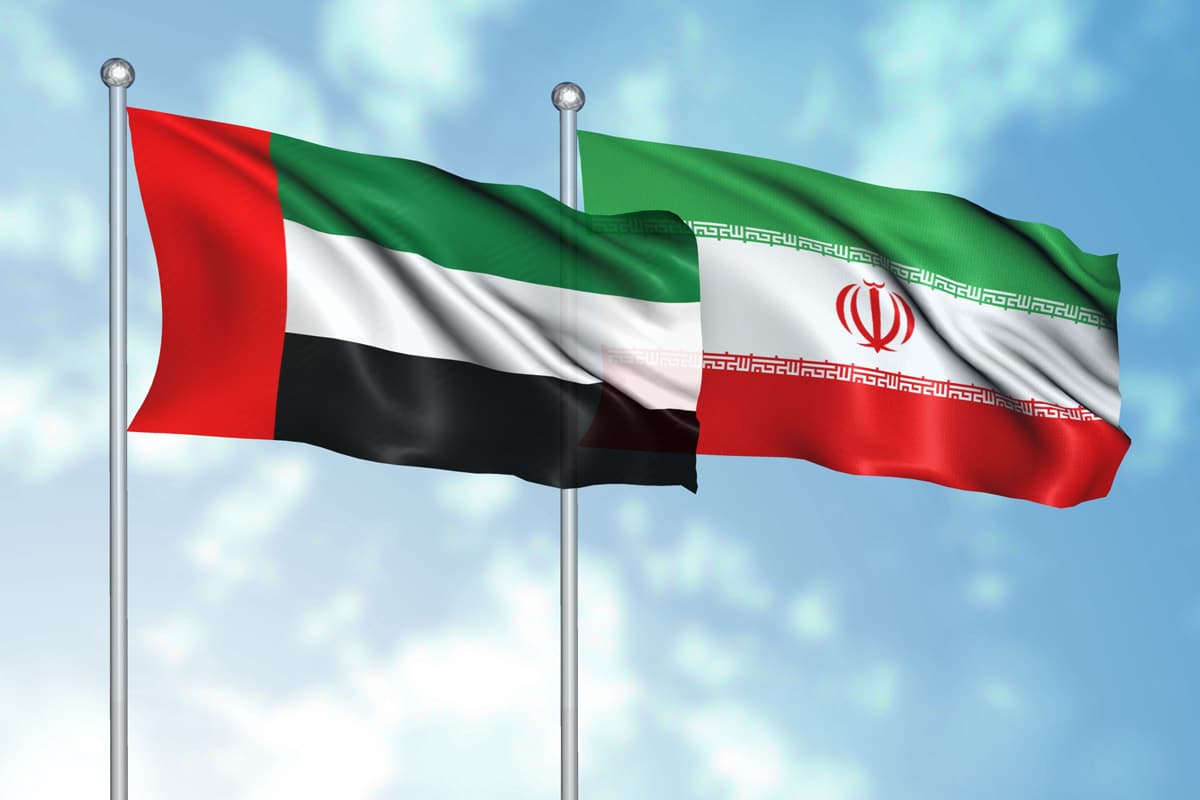
Happiness and Life Satisfaction: Subjective measures of happiness and life satisfaction can provide insights into overall QoL. Studies suggest that happiness levels in Iran are lower than in Dubai, potentially due to economic and social pressures.
It is important to note that QoL is a subjective concept and individual experiences may vary.
I hope this comprehensive response provides a detailed overview of quality of life in Iran and Dubai, considering various well-being indicators.
Comparing Iran and Dubai’s Progress over the Past Decade (2014-2024): A Multifaceted Analysis
Assessing the progress of two distinct nations, Iran and Dubai, within the complex backdrop of their political, economic, and social landscapes presents a significant challenge. However, a comprehensive analysis of key indicators across various domains can provide valuable insights into their respective trajectories.
Economic Landscape:
Gross Domestic Product (GDP) Growth: Dubai has witnessed remarkable economic advancements, establishing itself as a regional hub for trade and tourism. Its average annual GDP growth rate has hovered between 5 and 7 percent, while Iran has experienced significant fluctuations, averaging around 2 percent annually.
Economic Diversification: Dubai’s economy heavily relies on oil and tourism, while Iran holds vast natural resources, including oil, gas, and minerals, offering the potential for economic diversification. However, economic sanctions and internal challenges have hindered Iran’s progress in this area.
Foreign Investment: Dubai’s political stability, favorable regulations, and developed infrastructure have attracted substantial foreign investment. Iran, on the other hand, faces challenges in attracting foreign investment due to sanctions and bureaucratic hurdles.
Infrastructure:
Transportation: Dubai boasts one of the world’s most modern airports, an extensive public transportation network, and advanced highways. Iran is investing in developing its transportation infrastructure but still lags behind Dubai in this regard.
Energy: Dubai is investing in renewable energy sources, such as solar power. Iran also possesses significant potential in this area, but investment has been limited.
Technology: Dubai is recognized as a regional hub for information and communication technology (ICT), offering high-speed internet and advanced digital services. Iran is developing its ICT sector but faces challenges such as filtering and internet access restrictions.
Society:
Quality of Life: Dubai ranks high in well-being indicators such as per capita income, life expectancy, and access to education and healthcare. Iran’s quality of life is relatively lower due to economic inequality and social challenges.
Education: Dubai invests in high-quality education for its citizens and boasts reputable universities. Iran has a long history of higher education, but its education system faces challenges such as budget constraints and educational disparities.
Human Rights: Dubai has been criticized for its human rights record, particularly regarding women’s rights and migrant labor. Iran also faces human rights challenges, including restrictions on freedom of expression and assembly.
Politics:
Political Stability: Dubai enjoys high political stability, while Iran has experienced political tensions and social unrest over the past decade.
Governance: Dubai is ruled by a monarchy, while Iran is an Islamic Republic. This difference in governance systems influences decision-making and policy implementation in both countries.
International Relations: Dubai maintains diplomatic ties with most countries and strives to strengthen its relations with the West. Iran has faced challenges in international relations due to its nuclear program and regional policies.
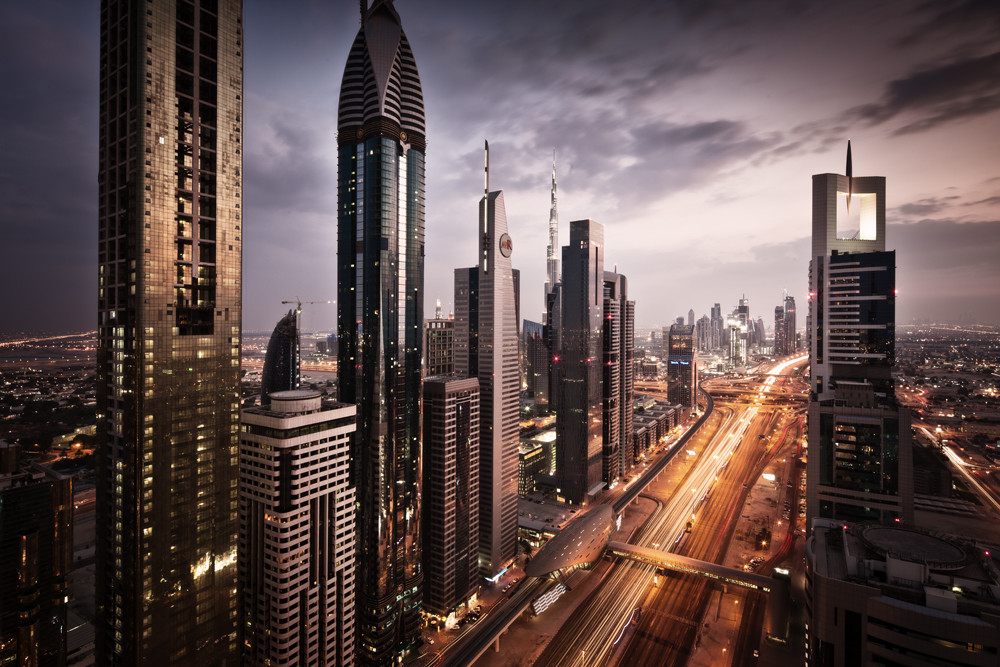
Considerations:
Comparing countries with diverse historical and contextual backgrounds is complex.
Progress in each domain may not be evenly distributed across all individuals within a country.
Both Iran and Dubai face unique challenges that must be overcome to achieve sustainable development.
Conclusion:
Examining the progress of Iran and Dubai requires a multifaceted approach that considers various economic, social, political, and infrastructural factors. While both countries have made advancements in certain areas, significant challenges remain. Addressing these challenges will be crucial for enhancing the well-being of their citizens and ensuring sustainable development.
Assessing QoL in Iran and Dubai requires a multifaceted approach that considers various economic, social, health, and environmental factors. While both countries have made progress in certain areas, challenges remain. Iran’s economic struggles and social constraints hinder QoL improvements, while Dubai’s rapid development has led to environmental concerns. Addressing these challenges will be crucial for enhancing the well-being of citizens in both countries.

